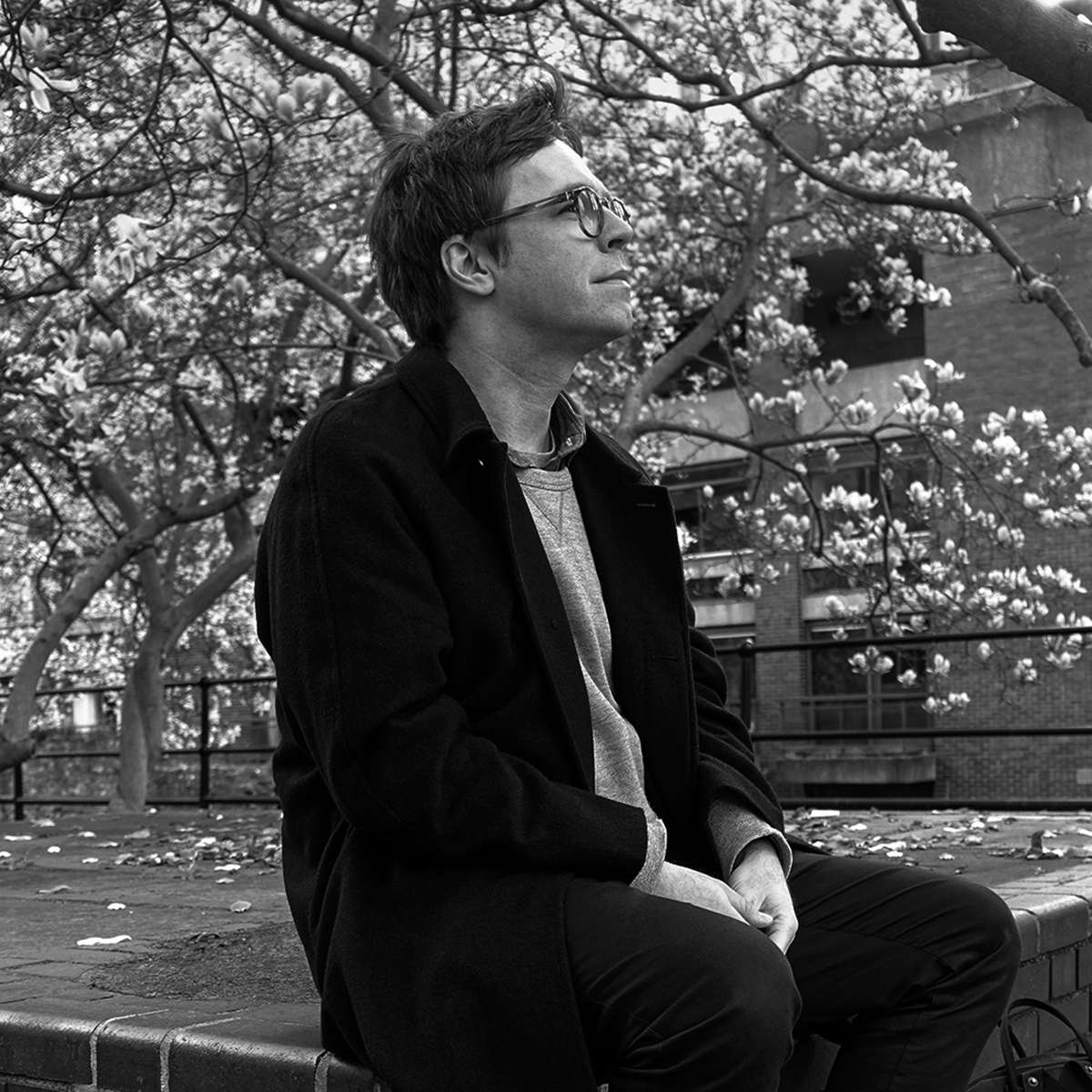205 Corp.
24, rue Commandant-Faurax
69006 Lyon
France
T. 33 (0)4 37 47 85 69
M. contact@205.tf
Newsletter

How did you get involved with typeface design? What led you to this practice?
I started designing my own fonts out of necessity. I was looking for a tool that I could use in my graphic design work—a tool that was distinctive, unique, and somehow independent of the assignments. I still like the purity of the task, the fact that, apart from the alphabet, you are starting from nothing, and then things begin to happen.
What influences you? Are there typeface designers whose work you appreciate in particular?
Making typefaces has become a way of communicating with this world. It is my language. It helps me to understand and process how we, as a society, operate, organize, evolve, or influence each other. I have a rather restless mind, so I am always looking beyond typography in different fields.
In your opinion, what is the point of creating a new typeface when so many already exist?
I see typeface as an intersection of language and technology. Both merge into our culture, and both continue to change and evolve constantly. New typefaces are being developed in response to that.
Is it really possible to create something new in the field of typeface design?
Yes.
How do you begin working on a new typeface? Do you have a particular process?
I try to approach each task with a different mindset. So the process is usually connected to the idea or conceptual framework, which varies from project to project.
What is your relationship with the history of typography? What is your relationship with technology?
There is an ongoing fascination with both. My relationship is practical; I use them when I need them.
Why have you chosen to distribute your typefaces with 205TF?
I received this kind offer to collaborate. It is a new experience for me and an exciting one.
Do you think that typography can save the world?
No. It can make it more readable.
Do you teach? If so, where, and why does this role of transmission seem important to you?
I learned a lot from teaching at schools (Gerrit Rietveld Akademie, Amsterdam; Royal College of Art London in the past; Ecal, Lausanne, and ISIA, Urbino, where I teach now) and from talking to students and colleagues from around the world. It also humbles me because one realizes how much difference there is in perception and how this shapes how we work. I try to bring this experience of diversity into my own projects.
What type design project are you currently working on?
I have plenty of typefaces in different stages of development and completion. They are waiting for the right time or occasion to be finalized. Besides that, I am part of a research project called ‘Beyond Bezier’. Together with my colleagues from Ecal and with the help of mathematicians, we are investigating different ways in which typefaces can be developed. I am particularly interested in the idea of typeface being a result of so-called collective intelligence, shaped by multitudes of authors and ideas.
Fonts
by Radim Peško